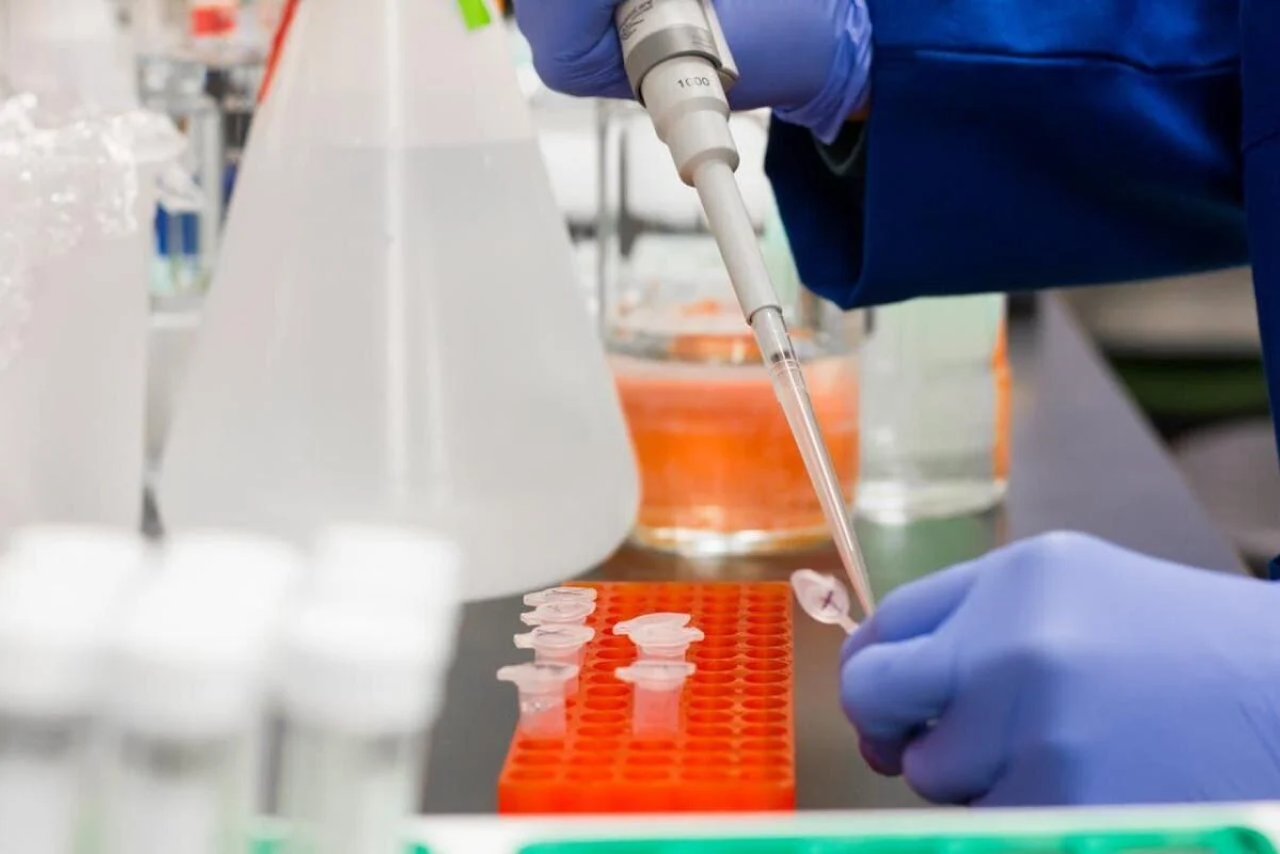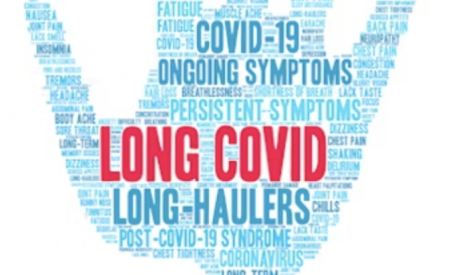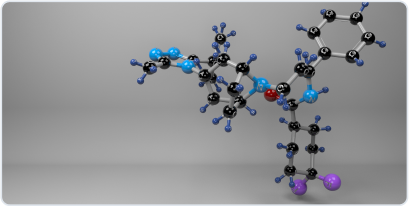
OUR LONG COVID RESEARCH IS
unlocking understanding of the role chronic inflammation plays in immune-mediated diseases
INFLAMMATORY
PATHOLOGY
The CCR5/Fractalkine Immune Pathway mediates Vascular Inflammation
Recently, our team of researchers solved a piece of the Long Covid puzzle. In Long Covid patients, the SI protein of the COVID-19 virus remains in their monocytes, leading to a persistent immune response despite the absence of the active COVID-19 infection.
These monocytes have many CCR5 and fractalkine receptors on their surface, which promote vascular inflammation and immune dysregulation through the monocytic-endothelial-platelet axis.

We investigated the presence of SARS-COV-2 S1 protein in 46 individuals. We analyzed T-cell, B-cell, and monocytic subsets in both severe COVID-19 patients and in patients with post-acute sequelae of COVID-19 (PASC). A statistically significant number of non-classical monocytes contained SARS-C0V-2 S1 protein in both severe (P=0.004) and PASC patients (P=0.02) out to 15 months post-infection. The research published in Jan, 2022 in Frontiers in Immunology is listed below.

RESOURCE ARTICLE
Frontiers in Immunology
Persistent of Sars CoV-2 S1 Protein in CD16+ Monocytes in Post-Acute Sequelae of COVID-19 (PASC) up to 15 Months Post-Infection
RUO DIAGNOSTIC INNOVATION
IncellKINE™, is designed to detect a unique or individual signature for each patient tested for Long-Covid and other immune-mediated diseases.
HealthBio developed a bioinformatics pipeline that analyzed cytokines of the immunological landscape of COVID-19 using machine learning methods to discriminate between PASC and Severe individuals from other classes.
The implementation of random forest classifiers allowed for the identification of the critical cytokines for this discrimination, which in turn was used to calculate highly sensitive heuristics for PASC and Severe individuals.
These models, which can be incorporated into clinical laboratory information systems, are intended to assist in the measurement of immune-based classification of severe COVID-19 infection and PASC.

RESOURCE ARTICLE
National Library of Medicine
Immune-Based Prediction of COVID-19 Severity and Chronicity Decoded Using Machine Learning
INCELLKINE™
Test
WHAT ARE WE MEASURING?
It has been observed that long-hauler patients demonstrate an elevation in IL-2 and IFN-gamma, and a reduction in CCL4.
[Turner, et al.,]. GM-CSF has been found to be
reduced in chronic COVID patients.
[Patterson, et al., Front. Immunol. 2021]
elevated in chronic COVID patients.
[Patterson, et al., Front. Immunol. 2021]
CCL4 is involved in macrophage and NK-cell migration, as well as T-cell/dendritic cell interactions [Sokol, et al.,]. CCL4 signals through the receptor CCR5 to attract T-cells to the site of inflammation and, depending on the immune context, can recruit differently activated T-cells [Patterson, et al., Front. Immunol. 2021; Liu, et al; Mukaida, et al.,]
S1
Immune Panel Test
The S1 Immune Subset looks for the presence of SARS COV 2-S1 protein in
monocytes resulting from either the COVID-19 vaccine or natural infection.
WHAT ARE WE MEASURING?
Maraviroc and Pravastatin show potential for treating Long Covid
HealthBio has developed a patented drug combination to address immune dysregulation in Long Covid.
Research has shown a combination of the small molecules maraviroc and pravastatin can reduce chronic inflammation. Together maraviroc, a CCR5 antagonist, and pravastatin provide a new mechanism that could disrupt the moncytic-endothelial-platelet-axis that is central to many immune-mediated diseases beyond Long Covid.
This research has led to the acceptance by the FDA to proceed with a Randomized Clinical Trial for the treatment of Long Covid/Post Acute Sequelae of COVID (PASC).


RESOURCE ARTICLE
National Library of Medicine
Case Series: Maravioc and Pravastatin as a Therapeutic Option to treat Long Covid/Post-Acute Sequealae of Covid (PASC)


.jpg)
